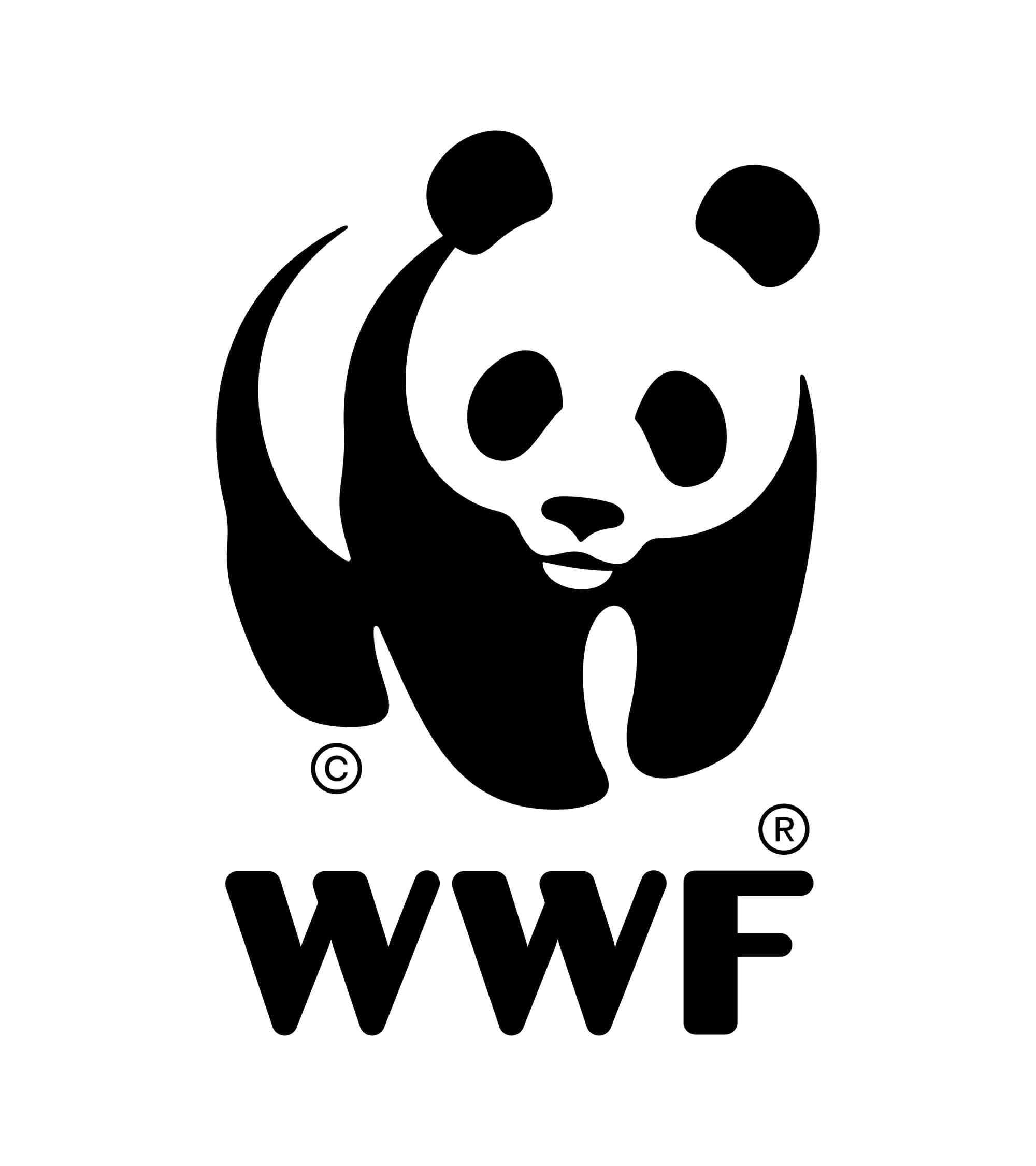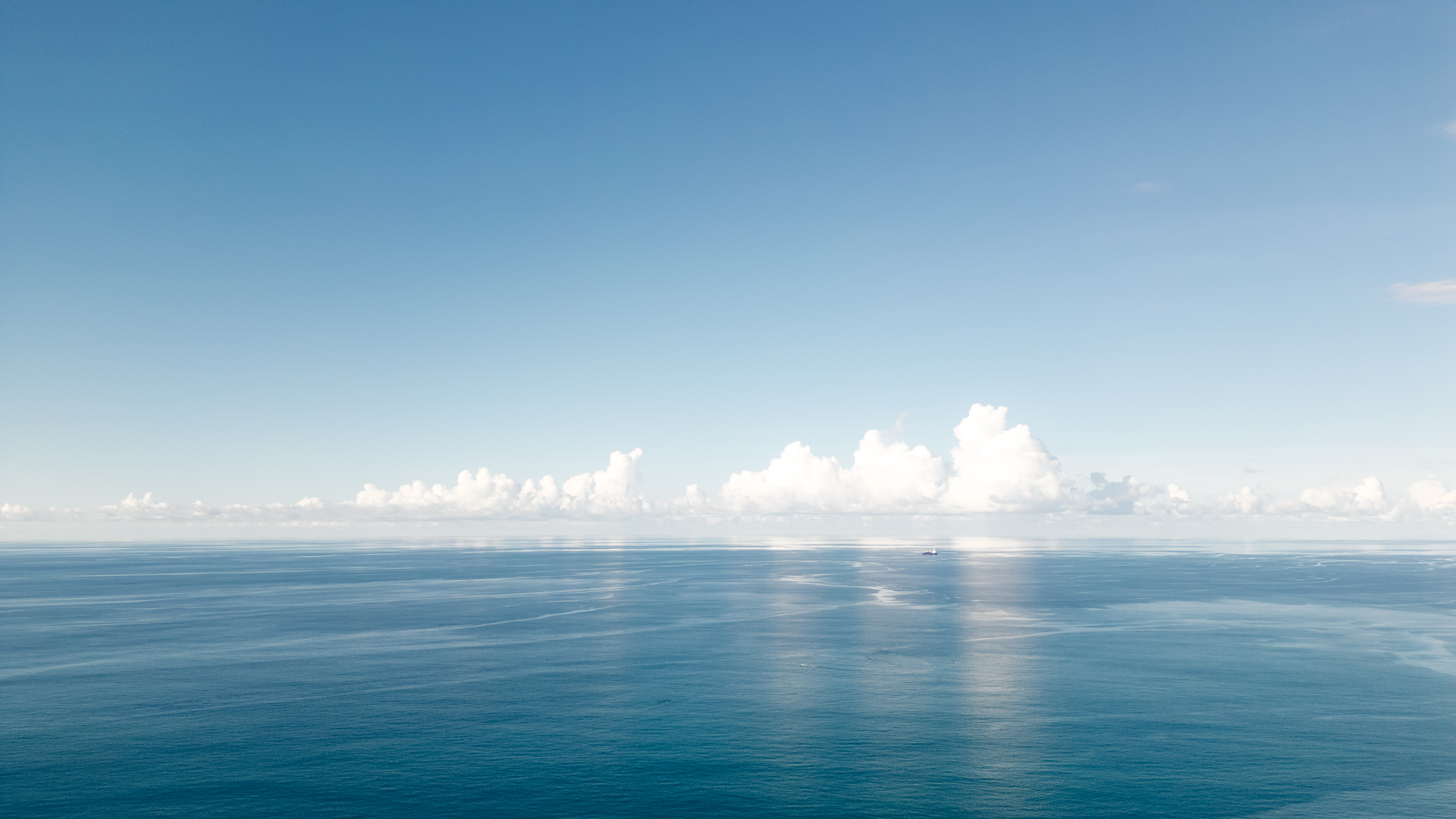SIBOLGA, WHAT'S GOING ON THERE?
Achmad Mustofa or familiarly called Tofa began to explore the marine world since studying at the Marine Science Department, Diponegoro University Semarang. He is currently actively involved in marine conservation. A fan of Gymnothorax sp (a cool name during recruitment for the department's diving club, Marine Diving Club), he is a member of the Capture Fisheries team, WWF Indonesia.Full author profile...
Base trimming report Achmad Mustofa in Sibolga
It is very interesting when we visit a new place, which we have never visited before then we find new things that we can share with friends. Whether or not the information is useful, at least we are helping to spread the word about the other side of the country, the land in the middle of nowhere away from the coverage of the screen, away from the hustle and bustle of malls and the like. I'm sure my colleagues are also interested in knowing the conditions there as additional information or even baseline information when one day they have business there. I made this trip to Sibolga in order to collect information about FADs as baseline data. My trip started from Friday (December 9, 2011) to Tuesday (December 13, 2011).
Travel History
I was hesitant whether I need to share my travel history in this article, won't it be like an advertisement for tourism? hehe. But I decided to write this travel history because I believe that this can be an important addition to information for colleagues who will visit there.
My trip started from Jakarta, using an airplane with the destination Medan because there are no airplanes that fly directly to Sibolga. Unfortunately, a few days earlier I was assured that the Medan-Sibolga ticket was already fully booked. My heart broke (Geisha) hearing the news from Mother Sandra, because it meant that I had to reach Sibolga by road and travel time up to 10 (ten) hours.
Ten hours later I arrived in Sibolga and chose lodging in the seaside area.
Babat Alas in Sibolga
It seems like "desperate" has become a permanent fixture in my life. Not in a bad sense, but rather a way to cultivate courage to achieve goals. My determination here is that I should have preceded my activity by submitting a letter to the VAT office as a notification, unfortunately because I arrived on Friday night, and the activity started on Saturday and the VAT office was closed. It would have been a shame if that one day had been wasted. Then if I followed my friend from the VAT office's suggestion to start my activities on Monday, I could have only been there for one day because I had to go home on Tuesday.
Sibolga is a city dominated by the Batak (Tapanuli) tribe, the tribes that are there are Malay, Tiong Hoa, and Javanese. For the size of a small city, Sibolga is a city that has a fairly high population density.
The first day's activities began with a visit to PT PAS (Putra Adi Sejahtera), one of the largest fishing companies in Sibolga. Attempts to interview the owner of this company encountered obstacles, especially in licensing. The security guard asked for a letter as legality. Finally I turned around while organizing a strategy to enter the company.
Interview with the Tolong Menolong Fishermen's Group (KNTM)
Fishermen who are members of KNTM number 600 people with a fleet of ± 200 boats. This fishing group is located in Aek Habil Village. The majority of the boats used by these traditional fishermen are 3 GT and FAD users. The interesting thing I got from the fishing gear is the use of tough nets. That is a kind of seser but large in size. They seize fish in FAD areas after first fishing them using small shrimps attached to a net that is pulled up. Fish commonly caught are oga (kite), balatoace (mackerel), and timpik (small tuna).
KNTM also pioneered the news about trawling in Sibolga in the 2000s. At that time, there was a lot of news about the conflict between traditional fishermen and migrant fishermen who used trawlers. KNTM at that time took frontal action by directly arresting the "bad" fishermen and bringing them to the secretariat for "trial". I can still find photographic evidence at their secretariat.
Establishment
Tangkahan is a private port owned by an individual local company. In Sibolga there are approximately 5 large tanks, namely PT PAS (the largest), PT Pacific (first in Sibolga), PT ASSA, PT ASAHI, Aling's tank, while Mr. Alex's tank is a small tank. These companies usually have their own vessels or cooperate with toke (boat owners) and they are FAD users.
The companies that I can interview are PT ASSA, PT Pacific, and Mr. Alex.
The process of gathering information in Sibolga requires a special strategy because the fishery here is very closed. Given the number of rivals, the arrival of foreigners can immediately be suspected of being their rivals' henchmen. The simplest example is the coordinates of FADs. The nahkoda (local name for tekong) keeps the coordinates of the FADs a secret even to other nahkoda who are 1 toke. It is very difficult to get information about the coordinates. It is also important that when conducting interview, it is necessary to make our origin and purpose clear so that there will be no misunderstanding in the interview.
FYI, the code name of the airport in Sibolga (Central Tapanuli) and Padang Sidempuan (South Tapanuli) is the same, AEG (Aek Godang). The airport in Sibolga is Dr. Ferdinand Lumbantobing Airport while that in South Tapanuli is Aek Godang. Although their codes are the same (AEG), the mileage is different, so make sure to choose the right airport so you won't get the wrong flight.




